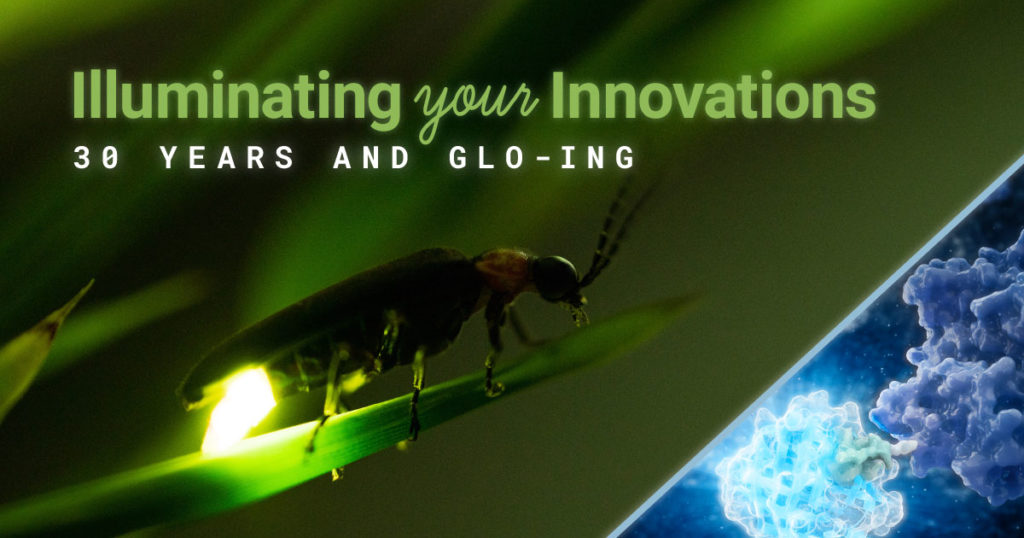
Despite significant advancements in antimalarial drugs and widespread efforts to prevent transmission over the past decade, deaths from malaria remain high, particularly in younger children. New drugs with novel modes of action are urgently needed to continue reducing mortality and address drug resistance in the malaria parasite, Plasmodium falciparum. While tens of thousands of compounds have been identified as potential candidates through massive screening efforts, scalable methods for identifying the most effective compounds are needed.
The goal is to find a drug that is potent during all stages in the life cycle of P. falciparum and kills the parasite quickly. Focusing on assessing whether a compound can rapidly eliminate initial parasite burden, Paul Horrocks, PhD, and his colleagues developed a validated bioluminescence-based assay that rapidly determines the initial rate of kill for discovery antimalarials. One key to developing their assay was figuring out how to monitor when the parasite dies after introducing the drug. While measuring DNA content can be used to monitor parasite burden, it is too stable to use for a relevant time course assay.
Enter firefly luciferase, a dynamic reporter tool to investigate drug action. By creating transgenic P. falciparum that express the luc reporter gene, the researchers could monitor drug action over time. When the parasite is killed, it stops making the luciferase reporter. Since there is no new production of luciferase, levels fall quickly after the parasite dies, and a luciferase assay can determine how fast each drug killed the parasite.
The work of Dr. Horrocks also demonstrates the versatility in applications that can be addressed using firefly luciferase, which has been sequentially evolved to create a highly optimized reporter system. The original, firefly luciferase (Fluc) reporter vectors (pGL2) use the native firefly luciferase gene, luc, as the reporter, providing a useful tool for researchers. However, further genetic engineering improved the performance of this reporter system. The next generation of FLuc reporter (pGL3) introduced a new gene, luc+, with mammalian codon optimization for improved reporter expression and improvements to the vector backbone to reduce background expression.
These engineering steps increase luciferase activity by 20- to 100-fold over what can be achieved with the pGL2 system. These performance improvements have been taken even further with the pGL4 vector series, which introduced the luc2 reporter gene. This round of improvements includes further codon optimization, removal of cryptic regulatory sequences, and the introduction of destabilized luciferase genes to improve response rates. The pGL4 design creates a reporter system that expresses uniformly and optimally in mammalian host cells, minimizes off-target responses, and responds rapidly to transcriptional dynamics. These enhancements provide even more possibilities for cell biology research and high-throughput screening drug discovery applications.
Luminescent reporter gene assays can provide a highly sensitive, quantifiable metric for a variety of cellular events, including gene expression, signal transduction and protein function. The dynamic capabilities of luminescent reporters make them ideal for live, real-time measurement of processes in living cells and animals. There are a number of factors to consider when you are designing and optimizing a luminescent reporter assay in order to accurately and efficiently address your experimental question (learn more here).
The sensitivity and rapid response of the luc reporter has enabled Dr. Horrocks and his team to create a method that is easy to use in a high-throughput system. They are eager to adapt the assay to help them understand what is happening at different stages in the P. falciparum life cycle that occur in parts of the body other than red blood cells. They would also like to apply this approach to developing effective treatments for other human parasites.

To learn more about the last 30 years of bioluminescent innovations and the discoveries they’ve enabled, please visit our 30th anniversary celebration page.
Related Posts
Latest posts by Darcia Schweitzer (see all)
- Cytochrome P450 Inhibition: Old Drug, New Tricks - May 5, 2022
- Firefly Luciferase Sheds Light on Development of New Malaria Treatments - April 5, 2021
- How to Train Your Instrument Service Team in a Pandemic - February 1, 2021
